This is a guest post by noted ornithologist Harsh Vardhan.
Birds of Haryana – A field Guide
By Rajiv S. Kalsi, Suresh C. Sharma, and Janak R. Choudhary
Can there be a more brilliant and smashing news than this one: first-ever field guide on Haryana birds! The book was formally released at an austere ceremony held at Mukund Lal National College at Yamuna Nagar in Haryana. At this no-frills programme, some of the most enthusiastic and dedicated birders joined hands to accord accolades to the team of three authors for having accomplished this onerous task — Rajiv S. Kalsi, Suresh C. Sharma, and Janak R. Choudhary.

Also Read: Growing Non-Native Plants in your Backyard Decreases Bird Population
Bikram Grewal, Brig Arvind Yadav, Anil Sharma and others from zoology, botany and environmental science departments offered three-cheers to Haryana and its birds. More importantly, it was to establish Haryana as a prime hot-spot for 530 species of birds outlined in this book along with stunning photographs, mostly by the authors.
Summed up within about 600 pages, its size is the same as that of Grimmett, Inskipp and Inskipp. Art paper has lent needed appeal though one would have expected the cover to be of thick art-card.
It is about common birds observed anywhere plus significantly the species this state receives from the Himalayan heights owing to its close proximity to Himachal Pradesh and Uttarakhand states. Thankfully, the authors have carried a map showing habitats of immense consequence for birds namely,
-Kalesar National Park (Yamunagar district),
-Kalesar Wildlife Sanctuary (Yamuna Nagar district),
-Morni Hills (Panchkula district)
-Bir Shikargar Wildlife Sanctuary (Panchkula district).
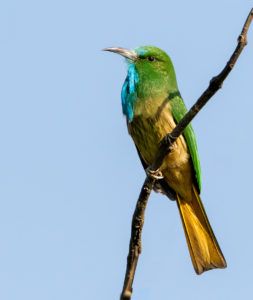
These are designated reserves where rare birds touch down in an altitudinal migration and provide a reason to outline Haryana as an almost equally good recipient of birds as are Corbett-Nainital areas.
I believe, that this book is responsible for better establishing these four reserves for their hospitality to Himalayan species. Most outsiders might not even be aware of their avian gravity.
Also Read: 5 Year National Action Plan Announced to Conserve Migratory Birds
Rajiv Kalsi explains it better,
“A number of winter migrants reaching Haryana are on the IUCN RedList categories, like Lesser white-fronted Goose, Marbled Teal, Ferruginous duck, Falcated duck, Lesser flamingo, Horned Grebe, Spot-billed and Dalmatian Pelicans, Eurasian curlew, Himalayan and Cinereous vultures and a large number of eagles, flycatchers, and thrushes.”
Suresh Sharma adds, “Species like Rain quail, Asian emerald dove, Grey, Indian and Savanna nightjars, Indian and Black-hooded Pittas, three species of bee-eaters, and five species of flycatchers migrate to Haryana in summer months to breed.”
Janak says, “The resident and breeding birds include such threatened species like Sarus crane, Painted stork, Wooly-necked stork, Black-necked stork, Black-headed ibis, Oriental darter, Great thick-knee, River Lapwing, Black-bellied tern, Great and Oriental-pied Hornbills, etc.”
Haryana…is more than Sultanpur
Sultanpur National park, located on the outer periphery of Gurugram, has been the most popular destination for birders and had been acknowledged as the niche-habitat of this state. But there are also other places of equal interest that have been unable to catch the attention of the authorities or the avian lovers.
Like, Bhindawas, thanks to birder Suresh Sharma having rendered yeoman’s service for it. Dighal wetlands cluster in Jhajjar district is a phenomenon destination for migratory waterfowl.
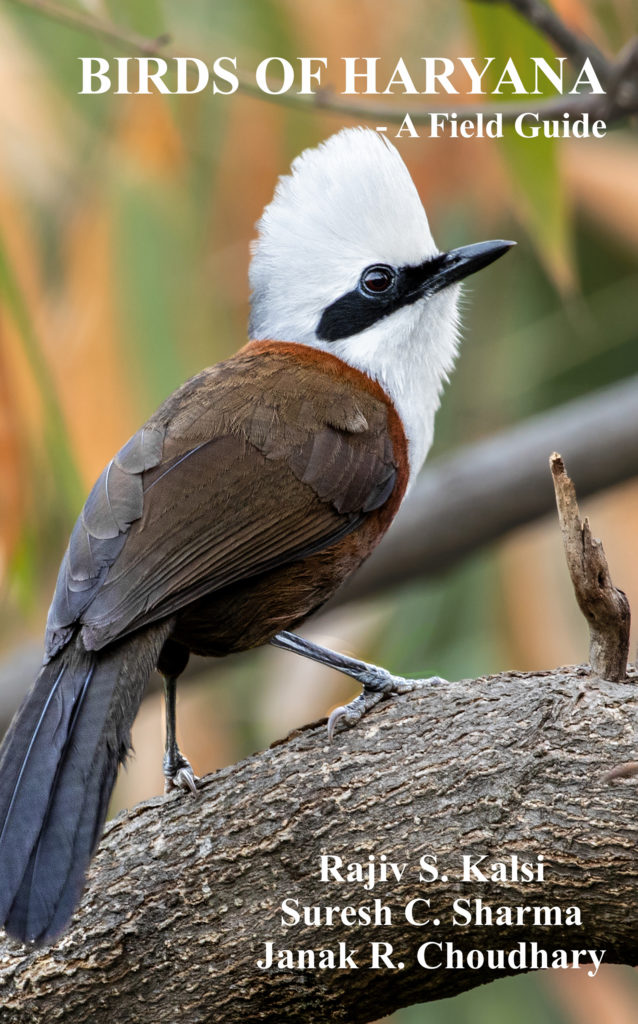
In the book, nineteen destinations have been eulogized by the authors – each place somehow lacking appropriate management practices to enhance biodiversity: Mangar Bani, Bhor Saidan, Basai, Damdama, Badkhal, Ottu Barrage, Abubshehr, Nahar, Khaparwas, Bir Bara, Chilchilla, and Saraswati,
My memories of birding in the state
Haryana proudly plays host to some rare species of birds. Slovenian Grebe caused a flutter in recent years and I was lucky enough to see it. Thanks to Rakesh Ahlawat, who led our group to spot it on a wintry afternoon marred by rainfall and thick fog. The tiny lone bird was swimming at a village pond which had iron-wire-net over its immediate sky to not let birds touch down water surface to consume its fish stock! What an irony all around for avian conservation?
Rakesh, the tall young birder, hailing from Dighal, has sighted rarities like Great Bittern, Water Cock, White-winged Tern, and Spotted Crake. Jhajjar, Rohtak and Sonipat districts are consequential for the breeding of Indian Spotted Eagle as well as Saras Crane, he informs with hopeful eyes.
Hopefully, this important book will encourage more birders to see Haryana as a remarkable birding destination and give authorities a chance to value the state’s bird diversity and work to preserve it.
Harsh Vardhan is a leading wildlife expert in India and a noted ornithologist. He is the main organiser of Indian Birding Fair (Jaipur’s Mansagar Lake). He is also a writer, photographer and columnist. He keeps busy with on-field conservation of endangered species and threatened habitats. He is an honorary adviser with India’s Endangered. You can reach him at birdfair1@hotmail.com

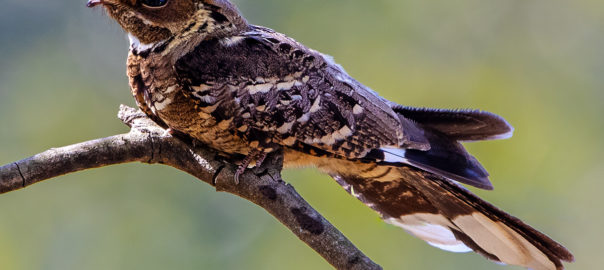

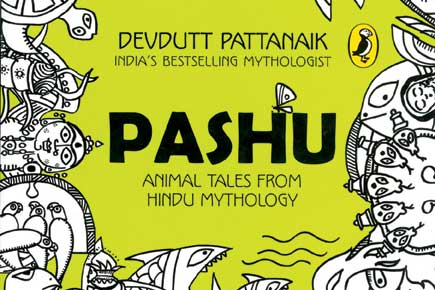
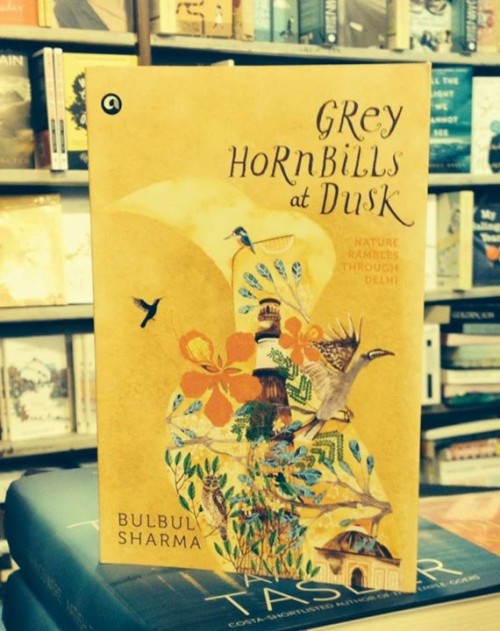

One thought on “A Book Dedicated to the Birds of Haryana”